The Living Moon: Aristarchus Crater
Electric Blue Gem or Fusion Reactor?
.
|
Aristarchus Crater has long been a much debated enigma on the Moon. Yet whenever you see pictures and try to get close in for details, the area is a total white out, with no detail. It is supposedly because of its brightness. We will discuss the rumors and stories of Aristarchus further down. The image above is taken from LICKOSB9 As you can see the area is devoid of any gray pixels, leaving a totally white splotch. Below is the same area on LICKOSBA. Again we see the totally white splotch. You will find this in all of the lesser quality full moon images on the web.
The Day The Lights Were On
Aristarchus Crater
Dec 17th 2005
.
Aristarchus Crater
Dec 17th 2005
.
| |
Aristarchus Crater Credit: Mike's Astroimagery UK |
If you haven't already seen the Full Moon that Mike took where this clip of Aristarchus is a small section, you can do so HERE. The picture above is Aristarchus Crater clipped from an image taken with a 10" Telescope in the UK. Compare this image to the high resolution image from the Clementine Satellite below and remember that this is a 10" telescope image.
You will notice the symmetrical dome like structure of the "crater" as well as the bright blue glow that literally lights up the surrounding area! The overall effect is that of plasma energy emitting from the dome, or at least very bright light.
Electric Blue Crater
Aristarchus Crater
Clementine Image
1994
.
Aristarchus Crater
Clementine Image
1994
.
The image above is cropped from the full spread Clementine Nearside.tif image. Click on the image to see one cropped from the 65 meg version. Both the Clementine and Mike's image show the beautiful "Electric Blue" color of the crater and both show dome like structures, with a bright center. Both also show that the luminescence covers the surrounding area.
Now we have a third confirmation... this one is also from the UK
Clementine Lunar Image Browser 1.5
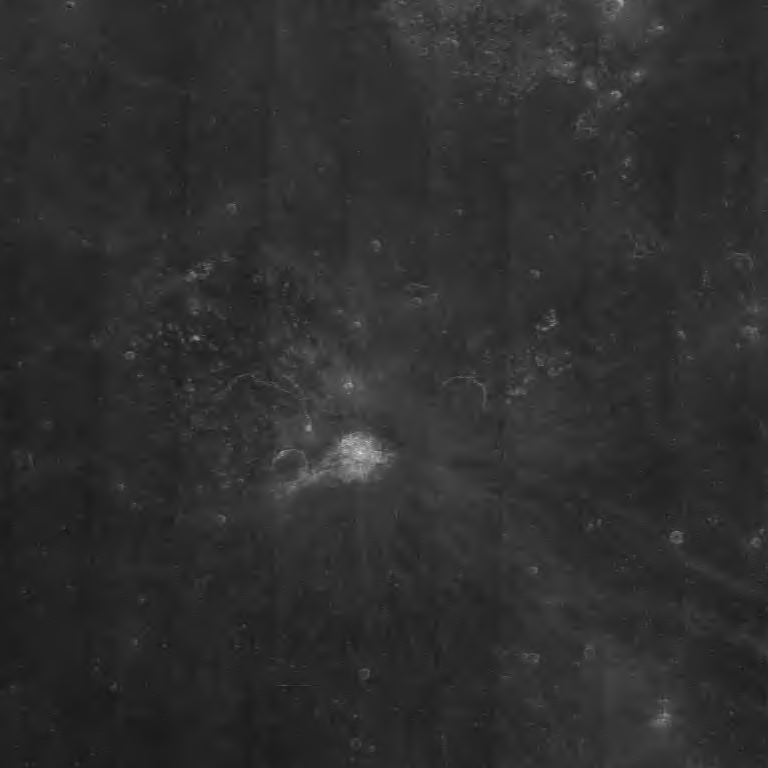 |
Credit: US Navy/Clementine Spacecraft
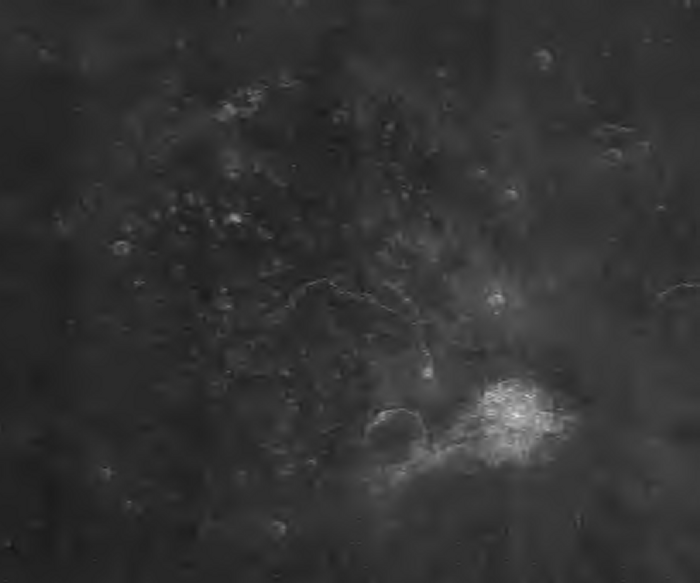 |
Aristarchus Showing Structure
Back to The Day The Lights Were On
Aristarchus Crater
Dec 17th 2005
.
Dec 17th 2005
.
| |
Original Image Credit: Anthony Jenkins ~ Anthony Jenkins Astronomy Site |
The same pretty Blue Gem we see from Clementine! The same glow emanating from the center flooding the area. The image above is from another well known British astronomer, Anthony Jennings, using an 8" LX90 SCT telescope and a Philips ToUcam 2xBarlow camera. The image below is an enlarged clip. Anthony has no connection to Pegasus and his images are freely available at his web site; Anthony Jennings Astronomy Site
Both these Astronomers captured the "Blue Gem" on the same day from two locations, Date: 17th December, 2005. This is a clip from a Moon Mosaic of 120 images (Mike used 170). This time the scope is even smaller... an 8 inch scope!
Image Notes:
Aristarchus Crater
Date: 17th December, 2005 ,22:34
Location: Rhodes, North Manchester
Telescope: 8" LX90 SCT
Camera: Philips ToUcam 2xBarlow
Image: 120 Stacked Frames
Processing Software: Registax 3 & Paintshop Pro 8
Image By: Anthony Jennings ~ Anthony Jenkins Astronomy Site
Important Note: Neither Mike Deegan nor Anthony Jenkins are part of Pegasus or the Living Moon and are merely Astronomers that have taken excellent images. As such they do not necessarily share our views about Aristarchus, nor follow our research
More Blue Gems
Aristarchus Crater
Galileo Spacecraft
December 7, 1992
.
Galileo Spacecraft
December 7, 1992
.
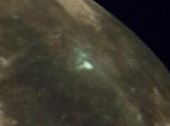 |
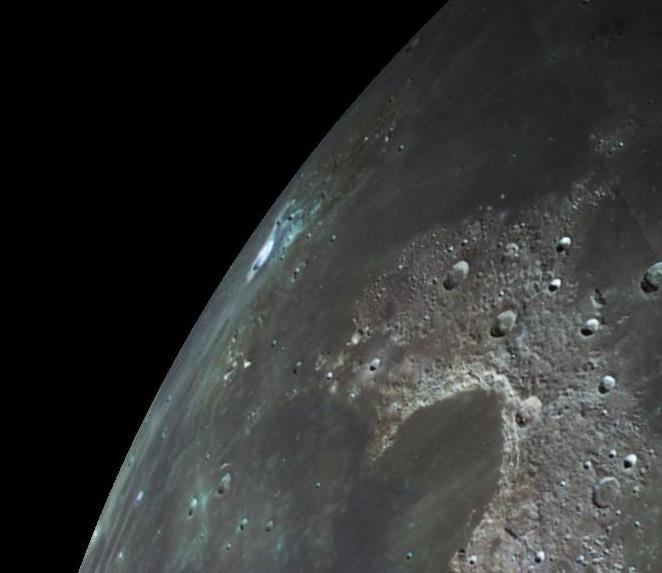 |
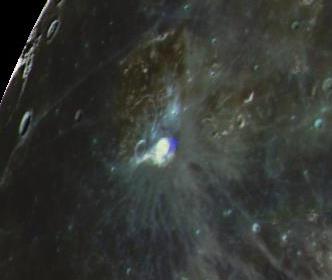 |
Though not as high a resolution, we can still see the blue glow in these three images.
John Lear believes this to be a Fusion Reactor. Other members of Pegasus have different ideas, but all are related to some sort of power device. We now have several images from several independent sources showing the electric blue glow and the "structure". All the images we have seen where "the lights are on" show this regular uniform structure, yet many photos can be found that show just a crater.
Transient Lunar Phenomena (TLP)
Report Nov 2-3, 1958
Reports 1650 to 1950
1650 Aristarchus "Red Hill." Mons Porphyrites Hevelius B.A.A. Lunar Sec. Circa. 1967, 2, No 8
1784 Aristarchus Nebulous bright spot of light Schroter Schroter 1791
1785 Aristarchus Nebulous bright spot of light Schroter Schroter 1791
1786 Dec 24 Aristarchus Extraordinarily bright Schroter Schroter 1791
1787 May 19-20 Aristarchus Extraordinarily bright von Bruhl Bode 1790; Schroter 1791; Herschel 1912
1788 Apr 9 Aristarchus; 1 hr Extraordinarily bright Bode Bode 1792b
1788 Apr 9-11 Aristarchus Bright spot 26" N of crater rim Schroter, Bode Schroter 1789, 1791, 1792a, 1792b
1788 Sep 26 Near Aristarchus; 30 min Bright spot 26" N of main crater Schroter Rozier 1788, 1792; Schroter 1791
1788 Dec 2, 5:35 am Aristarchus Extraordinarily bright, like star Schroter Schroter 1791
1824 May 1 Near Aristarchus Blinking light, 9th to 10th mag.. on dark side Gobel Gobel 1826
1824 Oct 18 Aristarchus, vicinity Mingling of all kinds of colors in small spots in the W and NW of Aristarchus Gruithuisen Gruithuisen 1824; Fauth 1899
1825 Apr 22 Aristarchus and vicinity Periodic illumination Argelander, Gobel Argelander 1826, Gobel 1826
1866 Jun 10 Aristarchus Star like light Tempel Denning, Tel.Work p.121
1866 Jun 14-16 Aristarchus, vicinity Reddish yellow Tempel Tempel 1867
1866 Dark side Bright spots Hodgson Hodgson 1866
1867 Apr 9, 19h30m - 21h00m Aristarchus, vicinity; 1 hr 30 min Bright spot on dark side, 7th mag., becoming fainter after 20h15m UT Elger Elger 1868
1867 Apr 12, 07h30m - 08h30m Aristarchus, vicinity; 1 hr Bright spot on dark side, 7th mag.. Elger Webb 1962
1867 May 6-7 Aristarchus; at least several hours each night Left side of crater, very bright luminous point, appearing like a volcano Flammarion Flammarion 1884
1867 May 7 Aristarchus, vicinity Reddish yellow, beacon like light Tempel Tempel 1867; Astr. Reg. 1868
1884 Nov 29, 19h00m - 21h00m Aristarchus; 2 hr Nebulous at center; elsewhere features well defined Hislop Sirius 1885
1889 Jul 12, ~20h52m Aristarchus During lunar eclipse, brilliance in surrounding gloom was striking Krueger Krueger 1889; Fisher 1924
1891 May 23, ~18h20m Aristarchus region Lunar eclipse, half hour before end of totality, Aristarchus and region immediately N of it became conspicuous and increased in brightness from that time on W.E. Jackson Jackson 1890-91; Fisher 1924
1931 Aristarchus Bluish glare Goodacre, Molesworth Goodacre 1931
1949 Oct 7, ~02h54m Aristarchus Abnormally bright during lunar eclipse G.Brown, Hare Contrib. by Moore
1949 Nov 3, 01h06m Aristarchus Blue glare, base inner W wall Bartlett Bartlett 1967
1950 Jun 27, 02h30m Aristarchus Blue glare, base inner W wall Bartlett Bartlett 1967
1950 Jun 27 Herodotus Bright point in crater Bartlett Strol. Astr. 1962
1950 Jun 28, 03h27m Aristarchus Blue glare, rim of W wall Bartlett Bartlett 1967
1950 Jun 29, 05h30m Aristarchus Strong bluish glare; E, SE wall Bartlett Bartlett 1967
1950 Jul 26, 02h52m Aristarchus Blue glare, base inner W wall Bartlett Bartlett 1967
1950 Jul 31, 04h50m Aristarchus Violet glare, E, NE rim Bartlett Bartlett 1967
1950 Aug 28, 04h25m Aristarchus Intense blue violet glare; E wall bright spot, E, NE rim Bartlett Bartlett 1967
Author(s): Cameron, W. S.
Abstract: This catalog lists 1468 descriptions of observed lunar transient phenomena reported in the literature.
NASA Center: Goddard Space Flight Center
Publication Year: 1978
Added to NTRS: 2005-08-25
Accession Number: 78N30157; Document ID: 19780022214;
Report Number: NASA-TM-79399, NSSDC WDC-A-R S-78-03
NASA Lunar transient phenomena catalog
Report April 23, 1994
"A satisfying rebuke to the TLP naysayers was recently delivered by JPL's B. Buratti at the October 1999 meeting of the American Astronomical Society in Padua, Italy. Her specific TLP occurred on April 23, 1994. At that time, about one hundred amateur astronomers noticed a 40-minute darkening near the edge of the bright lunar crater Aristarchus. Happily, when this hundred fold "illusion" took place, the lunar satellite Clementine was mapping the area around Aristarchus. Defying the dogmatists, Buratti scrutinized the Clementine data again. Sure enough, Aristarchus had really turned redder after the TLP reported by the amateur astronomers."
- Science Frontiers #127, JAN-FEB 2000. © 1997 William R. Corliss
Report July 19, 1969
"On July 19, 1969, the Apollo 11 command module had just achieved orbit around the Moon when the Mission Control Center in Houston, Texas, received word that amateur astronomers reported transient phenomena in the vicinity of the crater Aristarchus. Asked to check out the situation, astronaut Neil Armstrong looked out his window toward the earth lit region and observed an "area that is considerably more illuminated than the surrounding area.
It just has -- seems to have a slight amount of fluorescence to it." Although he wasn't sure, Armstrong believed the region was Aristarchus." - Farshores.org
For hundreds of years, people have reported seeing flashes, short-lived clouds and other brief changes on the Moon's surface. But astronomers have never been able to confirm the sightings. "The events were observed on many occasions, but most astronomers don't believe in them," says Bonnie Buratti of NASA's Jet Propulsion Laboratory in Pasadena, California. On 23 April 1994, around a hundred amateur astronomers reported seeing a possible darkening of the Moon, lasting 40 minutes, near the edge of the bright lunar crater Aristarchus. At the same time, the US Department of Defense's Clementine satellite was mapping the lunar surface.
SOURCE: New Scientist
NASA's belated enquiries represented a grudging acknowledgement that the Moon might not actually be the dead world it so convincingly advertises itself to be for most of the time. It was in NASA's interest, however, to down-play the idea of an active Moon. Known factors in lunar exploration were hazardous enough to plan for and contend with, without having to admit that lurking somewhere beneath the Moon's surface there might be some unknown, unpredictable and uncontrollable threat to their prospective Apollo lunar astronauts which could jeopardize the $25 billion programme.
SOURCE: Fortean Times FT105 December 1997"Light Side of the Moon"
Aristarchus Crater
Apollo 11 Transcript from Mission Log
.
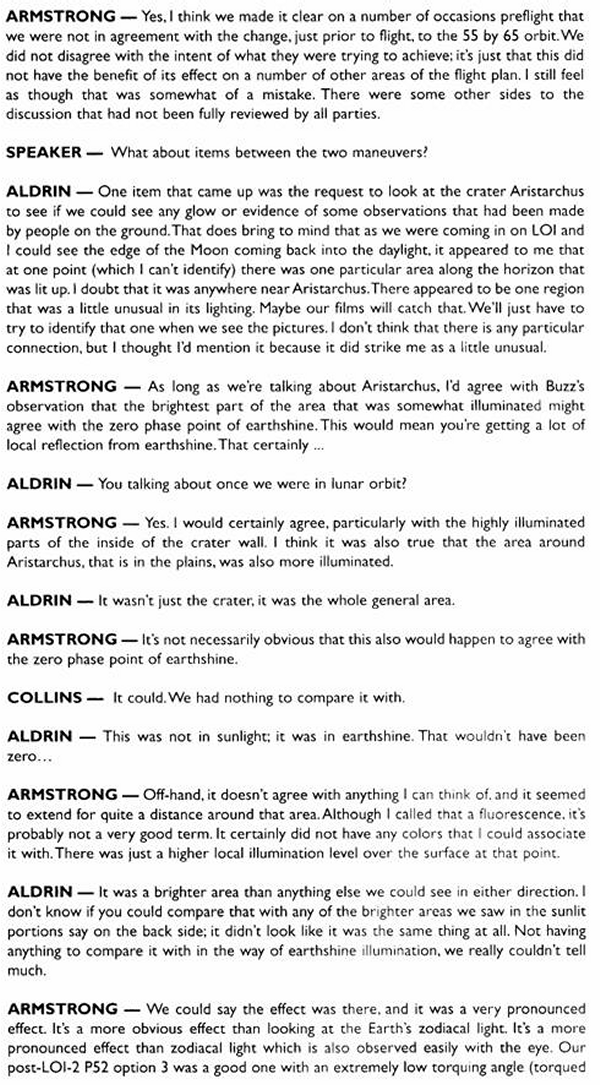 |
This page is a copy of the Mission Debriefing Log after they came back to Earth. John Lear has a copy of this in his collection. What I find interesting is the other area that was "lit up" and was not Aristarchus. Aldrin says they could look in the films, but we all know what happened to those films...
|
Excerpt 001
.
|
Excerpt 002
.
.
|
Excerpt 003
.
.
|
Excerpt 004
.
.
|
Excerpt 005
.
.
|
Excerpt 006
.
.
|
Excerpt 007
.
.
 |
Excerpt 008
.
.
 |
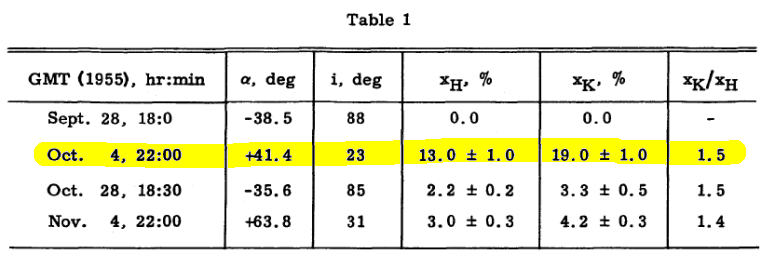 |
Summary....
So it is established that Aristarchus has an unusual glow and that it is in the blue, violet and ultra-violet range. Here we also have brief mention (citing other papers which we are looking for) of a Lunar atmosphere in a NASA/JPL paper, and furthermore they state the night sky on the Moon is illuminated.
The table above shows us that Aristarchus increases in intensity at different times, with a major peak on Oct 2 1955 observed with a 50 inch Russian scope...
Below we will give you an idea what the H and K spectrums represent....
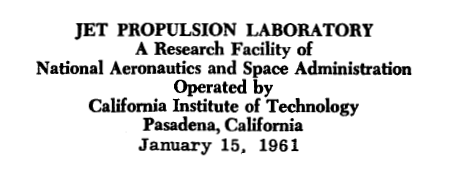 |
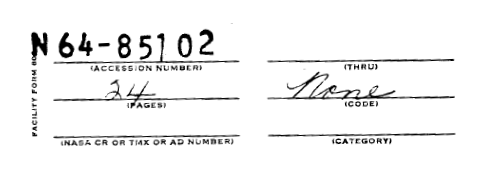
H Spectrum
.
.
|
The photo above is the spectrum of a glass tube filled with hydrogen that is excited with a high voltage. It resembles a neon sign, except the glass is straight and filled with hydrogen gas and not neon.
The important features are the bright emission lines in the Hydrogen spectrum. There is one line in the visible red, the brightness one in the blue, the second from the right is in the violet range and the last in the ultra violet range, not visible to the human eye, but barely detectable with a digital camera. (Data collected from the Warren Wilson College Physics Department)
What is relevant in our look at Aristarchus is the intense emission in the blue to ultra violet end of the spectrum of Hydrogen plasma emissions. In the Russian/NASA document we see recorded evidence of strong and variable emissions in this H spectrum as well as the K. In the papers below we can see that the K spectrum emissions also are involved with ionized plasma...
"The explanation of the hydrogen spectrum is perhaps the most important test that any theory of electronic structure must pass. The wavelengths of the lines of the Balmer series (shown above) as well as other series in the spectrum of hydrogen are very well known indeed." - University of Kentucky
Seems Aristarchus Crater passes that test for "electronic structure" with flying colors
K Spectrum
 |
Papers:
High Resolution Measurement of the K Spectrum of Fe
New Spectral Diagnostics of Non equilibrium Astrophysical Plasmas
by V. Decaux and P. Beirsdorfer et al
Lawrence Livermore National Laboratory, University of California, Livermore, CA 94551
SOURCE
This paper is organized as follows. In § 2, we describe the EBIT and review our experimental procedure. In § 3, we present our measured spectra and compare them to published predicted spectra for ionizing plasmas. In § 4, we discuss the effects of K-shell ionization and the consequent spectral dependence on the shape of the electron distribution.
Livermore Electron Beam Ion Trap (EBIT). The electron density in the EBIT is similar to the electron density of solar flares...
All the papers we find dealing with the K Spectrum are all heavy reading in Physics, but they talk about electron emissions, solar and cosmic radiation and Ionized Plasma. Combining these pieces shows us that Aristarchus definitely has emissions in both these spectra, and that the emissions are not always there, and that they have ben recorded at different intensities.
Does this make Aristarchus a Fusion Reactor? We don't know, but the evidence certainly indicates something along those lines is going on. Time to start looking at the Moon with ultraviolet cameras...
One last piece of the puzzle... below is a Fusion Reactor that has proven successful at Sandia National Laboratory
"Z causes reactions to occur neither by confining low density plasmas in dimensionally huge magnetic fields, as do tokomaks, nor by focusing intense laser beams on or around a target, as in laser fusion, but simply through the application of huge pulses of electricity applied with very sophisticated timing. The pulse creates an intense magnetic field that crushes tungsten wires into a foam cylinder to produce X-rays. The X-ray energy, striking the surface of the target capsule embedded in the cylinder, produces a shock wave that compresses the deuterium within the capsule, fusing enough deuterium to produce neutrons." Sandia National Labs
What is most interesting is the appearance and color of the reactor... This makes it quite conceivable that when the Aristarchus Reactor is off, you might not see anything unusual at all. Perhaps a closer look at those pictures that show it close up might show something inside
SANDIA NATIONAL LABORATORY
Z MACHINE
Z MACHINE
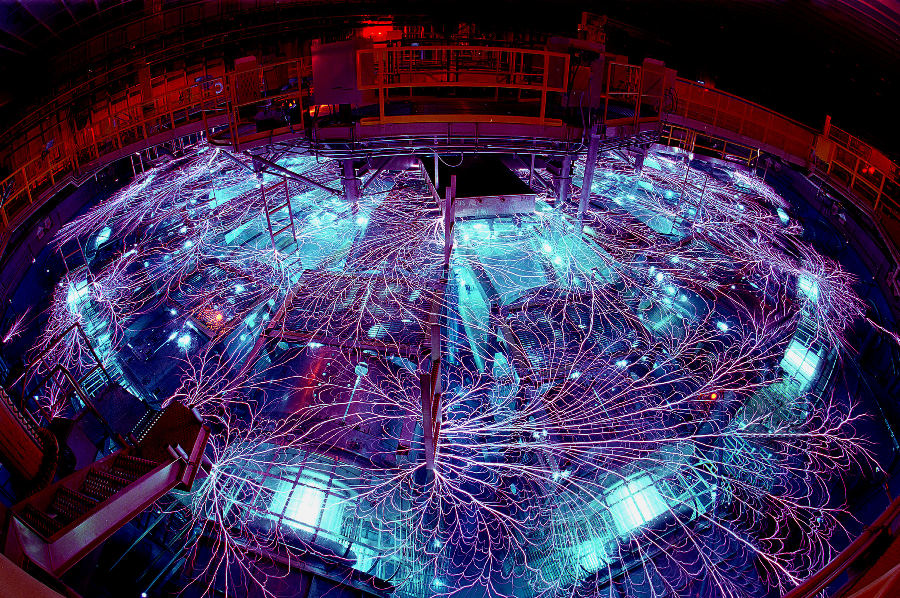 |
MIT
The Levitated Dipole Fusion Confinement Concept
The Levitated Dipole Fusion Confinement Concept
.
Welcome to the Levitated Dipole eXperiment (LDX) web site. LDX is a novel experimental device designed to explore the physics of plasma confinement in a magnetic dipole field. What makes it unique? Besides levitating a 1/2 ton super conducting ring, we will conduct the first experimental test on the theory of plasma confinement by adiabatic compressibility. If this concept turns out to be correct, levitated dipoles may one day make an attractive magnetically confined fusion energy source. LDX is a collaboration between Columbia University's Dept. of Applied Physics and the MIT Plasma Science & Fusion Center and is funded by the Department of Energy's Office of Fusion Energy.
A levitated dipole would be favorable for a D-He3 fuel cycle based power source.
Additionally a levitated dipole device would be intrinsically steady state and extract power as surface heating, permitting a thin walled vacuum vessel and eliminating the need for a massive neutron shield.
Update: Lawrence Livermore National Laboratories
Igor Yu. Skobelev, Anatoly Ya. Faenov, and Vladimir M. Dyakin
Multi-charged Ion Spectra Data Center, VNIIFTRI, Mendeleevo, 141570 Russia
Henryk Fiedorowicz, Andrzej Bartnik, and Miroslaw Szczurek
Institute of Optoelectronics, Military University of Technology, 01-489 Warsaw, Poland
Peter Beiersdorfer, Joseph Nilsen, and Albert L. Osterheld
Lawrence Livermore National Laboratory, Livermore, California 94551
Excerpt from PDF File: Skobelev_PRE.55_3-97.pdf
Electron temperatures of 500–1000 eV are routinely achieved in laboratory plasma sources such as laser produced plasmas, fast pinches, and tokamaks. As a result, mid Z elements are typically found in the helium like charge state and radiate in the x-ray region. The helium like Ka emission consisting of transitions from the n52 levels to n51 has been studied in detail in both tokamak and laser produced plasmas (1,2). These studies have demonstrated the great utility of the Ka spectra for determining various plasma parameters such as the electron and ion temperatures,
the plasma density, the ion transport coefficients, and the fraction of non Maxwellian electrons.
K-shell x-ray spectra involving transitions from levels higher than n52 have been studied in much less detail. We believe such K-shell spectra ~Kb, Kg , etc.! in many cases could be even more useful for diagnostic applications than the traditionally used Ka emission, because these transitions, as a rule, are optically thin even in a dense laser produced plasma. The most detailed investigations of the helium like argon Kb spectra have been made recently on the Princeton Large Torus tokamak (3) and on the Livermore electron beam ion trap ~EBIT! facility (4). In the present paper these spectra have been investigated for the case of a high density laser produced plasma. Using this type of plasma source it is possible to test the atomic theory for a plasma that is in an intermediate regime between that described by coronal ~collisionless! and local thermodynamic equilibrium approximations.
Our measurements include the positions and strengths of the 1s2l3l8-1s22l and 1s2l4l8-1s22l lithium like satellite lines, Kb1 and Kb2 helium like lines, and 1s25d-1s22p lithium like transitions. A detailed comparison of the measured
argon spectrum with the theoretical data has been made. Good agreement is obtained for both the wavelengths and the intensities of the spectral lines, which allows us to estimate the parameters of the laser produced plasma from
the gas puff target.
tokamaks -
A tokamak is a machine producing a toroidal (doughnut shaped) magnetic field for confining a plasma. It is one of several types of magnetic confinement devices and the leading candidate for producing fusion energy.
The term Tokamak is a transliteration of the Russian word ??????? which itself comes from the Russian words: "???????????? ?????? ? ????????? ????????" (toroidal'nayakamera v magnitnykhkatushkakh) — toroidal chamber in magnetic coils (Tochamac)). It was invented in the 1950s by Soviet physicists Igor Yevgenyevich Tamm and Andrei Sakharov (who were in turn inspired by an original idea of Oleg Lavrentyev).
The tokamak is characterized by azimuthal (rotational) symmetry and the use of the plasma current to generate the helical component of the magnetic field necessary for stable equilibrium. This can be contrasted to another toroidal magnetic confinement device, the stellarator, which has a discrete (e.g. five-fold) rotational symmetry and in which all of the confining magnetic fields are produced by external coils with a negligible current flowing through the plasma.
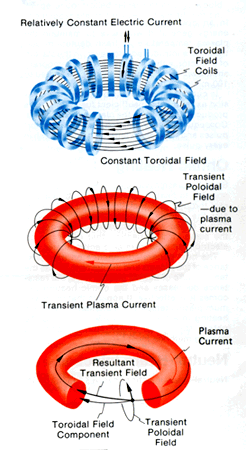 |
Tokamak magnetic field and current
Z elements -
Hence the Z-Machine fusion reactor mentioned above by Sandia National Laboratory. a division of Lockheed Martin
Here is another paper that is relatively easier to understand what the K Spectrum represents Every example we have show ties the K spectrum emissions together with fusion reactors. The H and K spectrums are something we also see in the Sun. Based on our research we would expect to see them from the Sun... after all we KNOW the Sun is a Fusion Reactor...
We would NOT expect to see these types of emission from Aristarchus Crater, yet we have shown the visual and the measured data to prove that we in fact DO see these emissions...
H and K spectra are in the emissions from the Sun ( a known fusion reactor); they are shown from the Z Machine of Sandia ( a known fusion reactor); they are shown from Tokamaks ( leading candidate for producing fusion energy); and they are shown from Lawrence Livermore laser produced plasma experiments and electron beam ion trap use in fusion experiments...
H and K spectra are shown in the emissions of Aristarchus Crater... so what is Aristarchus crater?
Repeat after me FUSION REACTOR
It is interesting to note that while doing all this research, we find ourselves getting our best data from RUSSIA... I even requested a NASA document from a NASA historian some time ago and they said they did not have it and referred me to a RUSSIAN website that had a good summary of the file...
Here again the Aristarchus readings were from RUSSIA in 1955. The document from LLNL was written by RUSSIANS. And the Tokamak, a fusion generator, is a RUSSIAN name and invented by RUSSIANS in 1950!!!
Does anybody else get the picture yet? Remember Sir Patrick Moore? The RUSSIANS got their moon data from him, not NASA
Na Zdorovje Comrades!
Aristarchus Crater Additional Information
(1) Observers have noted that the wall is roughly circular but has a somewhat polygonal shape.
(2) In 1911, Professor Robert W. Wood used ultraviolet photography to take images of the crater area. He discovered the plateau had an anomalous appearance in the ultraviolet, and an area to the north appeared to give indications of a sulfur deposit.[3] This colorful area is sometimes referred to as "Wood's Spot", an alternate name for the Aristarchus Plateau.
(3) The Hubble Advanced Camera for Surveys was used to photograph the crater is visual and ultraviolet light. The crater was determined to have especially rich concentrations of ilmenite, a titanium oxide mineral that could potentially be used in the future by a lunar settlement for extracting oxygen.[4]
(4) The region of the Aristarchus plateau has been the site of many reported transient lunar phenomena. Such events include temporary obscurations and colorations of the surface, and catalogues of these show that more than one-third come from this locale.[5]
(5) In 1971 when Apollo 15 passed 110 kilometers above the Aristarchus plateau, a significant rise in alpha particles was detected. These particles are believed to be caused by the decay of radon-222, a radioactive gas with a half-life of only 3.8 days. The Lunar Prospector mission later confirmed Radon-222 emissions from this crater.[6] These observations could be explained by either the slow and visually imperceptible diffusion of gas to the surface, or by discrete explosive events.
This gives us many sources that state "Ultra violet" is the range we need to be looking at, not "Infra red" It also proves that official studies have known this for a long time, and that sightings have been recorded for a long time by NASA.
But the most interesting piece is the fact that the Alpha particle emmisions INCREASED when Apollo 15 flew over head... in the same way that a sudden brightening was recorded both from Earth telescopes and the Apollo 11 Astronauts as THEY flew over Aristarchus
Source: Wikipedia Aristarchus Crater
Moon mystery emerges from the X-files
From New Scientist Print Edition.
by Charles Seife
REPORTS of curious flashes and fleeting clouds on the Moon may not be figments of wild imaginations, astronomers say. A new look at observations by the American satellite Clementine show that a small area on the Moon's surface darkened and reddened in April 1994. Why this happened remains a mystery.
For hundreds of years, people have reported seeing flashes, short-lived clouds and other brief changes on the Moon's surface. But astronomers have never been able to confirm the sightings. "The events were observed on many occasions, but most astronomers don't believe in them," says Bonnie Buratti of NASA's Jet Propulsion Laboratory in Pasadena, California.
On 23 April 1994, around a hundred amateur astronomers reported seeing a possible darkening of the Moon, lasting 40 minutes, near the edge of the bright lunar crater Aristarchus. At the same time, the US Department of Defense's Clementine satellite was mapping the lunar surface.
Intrigued by the amateur reports, Buratti's team has taken a close look at the Clementine data to see if the satellite also recorded the event. Sure enough, they found that the crater looked different before and after the amateur reports. "After the event, it looks redder," says Buratti, who announced the findings at a meeting of the American Astronomical Society in Padua, Italy, last week.
Winifred Cameron, a retired astronomer who worked at the Lowell Observatory in Arizona, thinks that brief colour changes might be caused by small gas eruptions throwing dust around. We know that there are pockets of gas in the lunar soil, and the gas may occasionally escape. "I'm pretty sure that some of these changes are due to emanations of gas that are more dense than usual," says Cameron. "The Aristarchus region is the source of about a third of all of these."
From issue 2209 of New Scientist magazine, 23 October 1999, page 22
Printed on Fri Sep 07 00:03:59 BST 2007
Join the live discussion on Anomalies on the Moon and on Mars
at Above Top Secret Discussion Forum
at Above Top Secret Discussion Forum
Copyright Notice
All other pictures and photos on this page, unless otherwise noted, have been gathered from public domain sources or are available under GNU License.
From The Living Moon @ http://www.thelivingmoon.com/43ancients/41Group_Lunar_FYEO/02files/FYEO_Lunar_02.html
Help This Unique Independent Site Survive
Donate any amount and receive at least one New Illuminati eBook!
For further enlightening information enter a word or phrase into the search box @ New Illuminati or click on any label/tag at the bottom of the page @ http://nexusilluminati.blogspot.com
And see
New Illuminati – http://nexusilluminati.blogspot.com
New Illuminati on Facebook - https://www.facebook.com/the.new.illuminati
New Illuminati Youtube Channel - http://www.youtube.com/user/newilluminati/feed
The Her(m)etic Hermit - http://hermetic.blog.com
This material is published under Creative Commons Fair Use Copyright (unless an individual item is declared otherwise by copyright holder) – reproduction for non-profit use is permitted & encouraged, if you give attribution to the work & author - and please include a (preferably active) link to the original along with this notice. Feel free to make non-commercial hard (printed) or software copies or mirror sites - you never know how long something will stay glued to the web – but remember attribution! If you like what you see, please send a tiny donation or leave a comment – and thanks for reading this far…
From the New Illuminati – http://nexusilluminati.blogspot.com
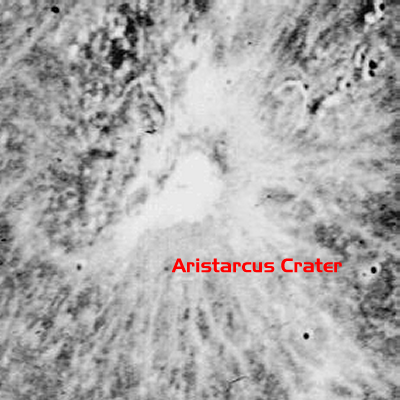
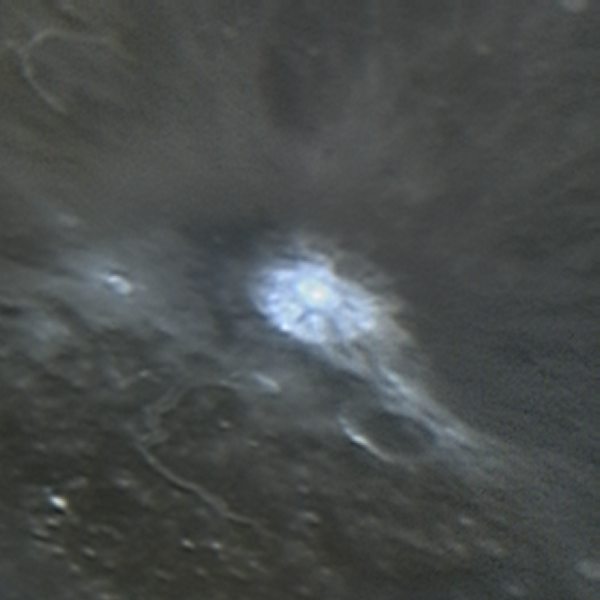
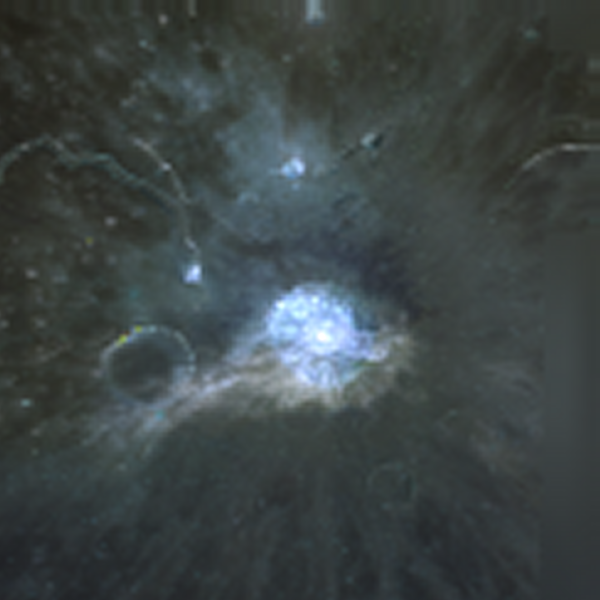
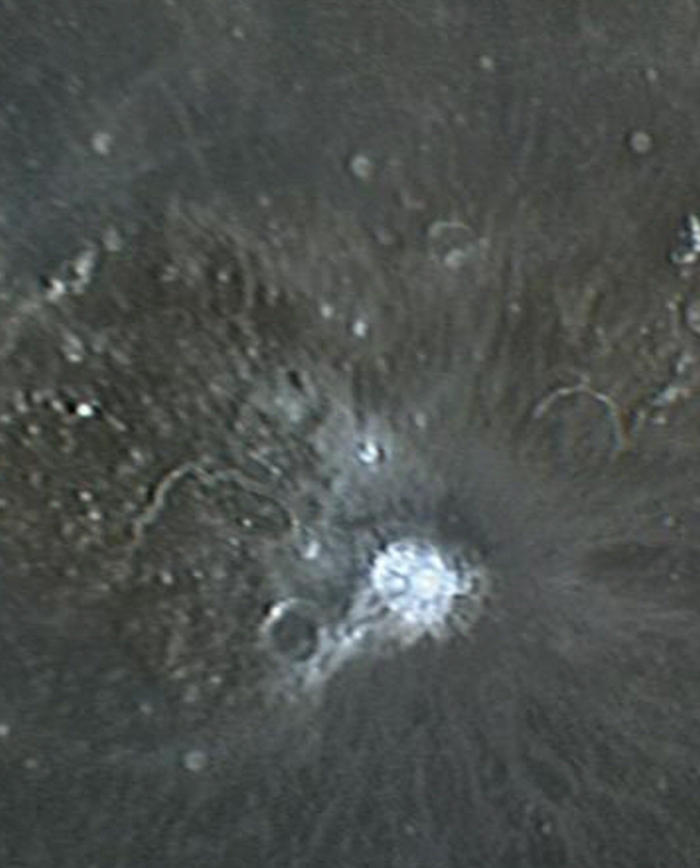

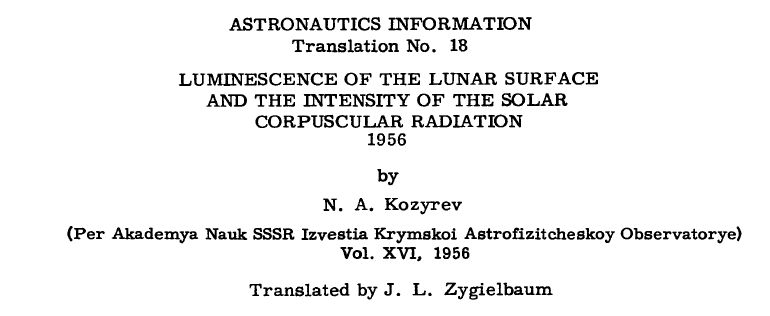







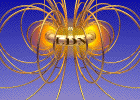

No comments:
Post a Comment
Add your perspective to the conscious collective